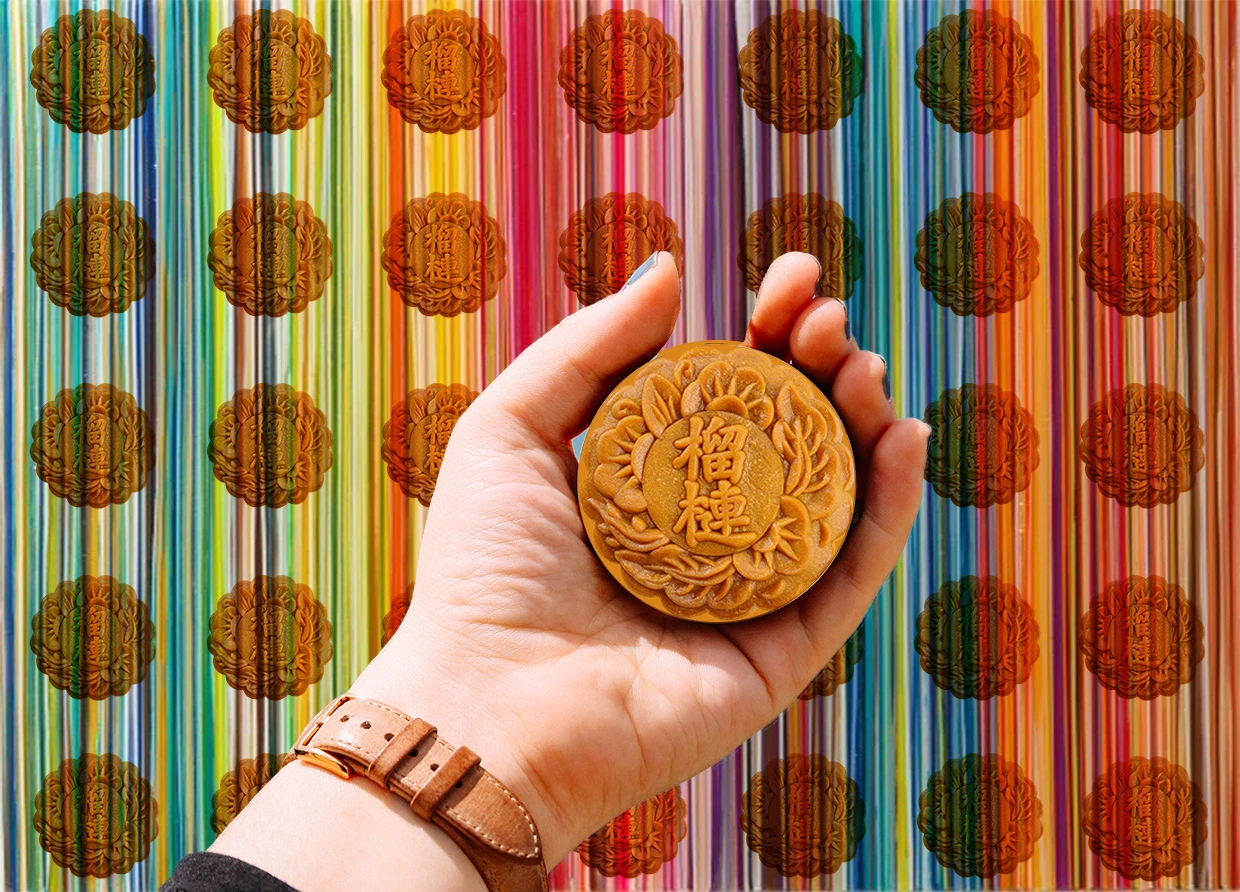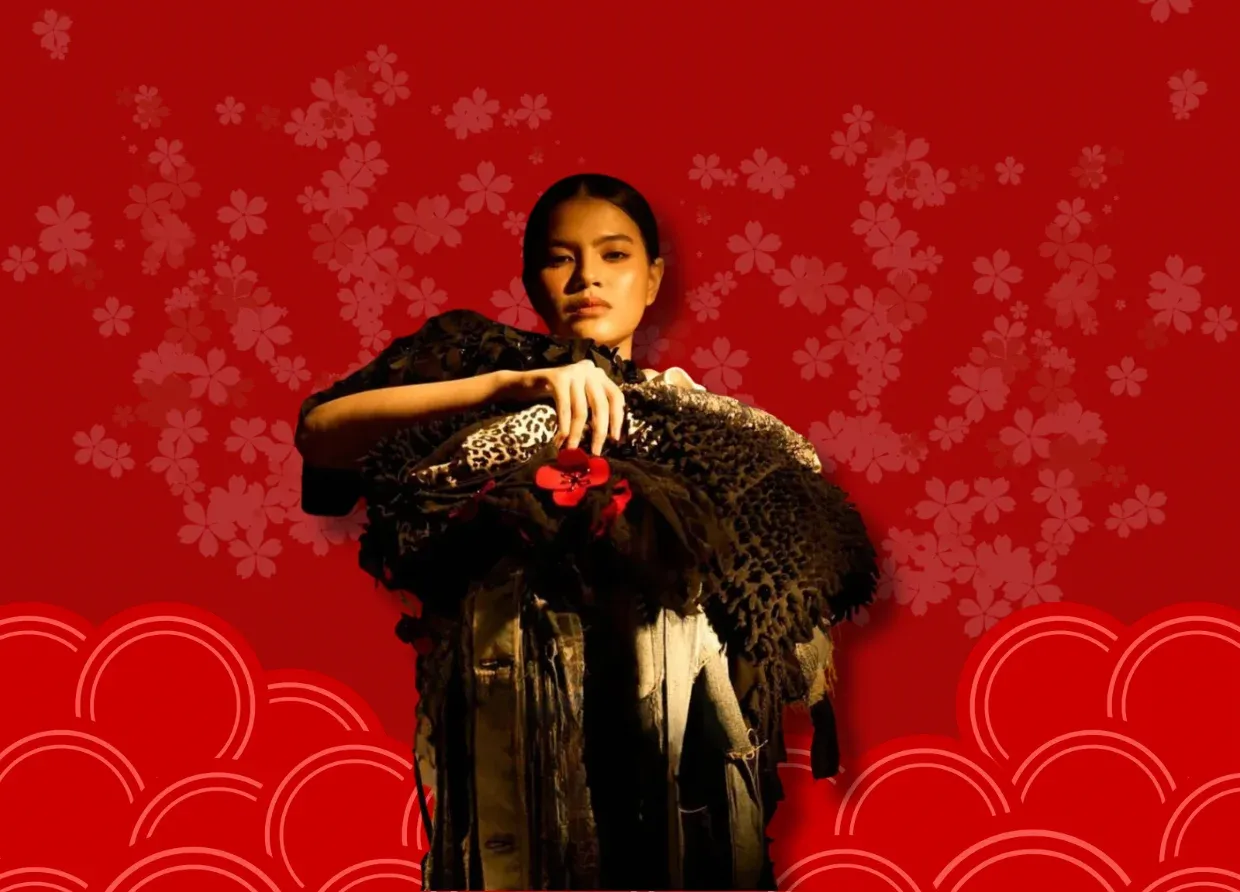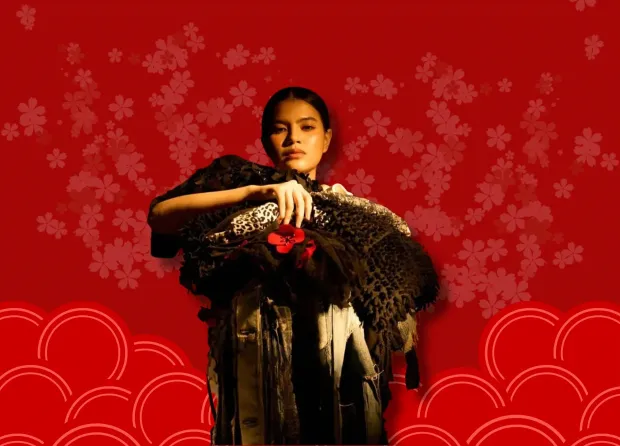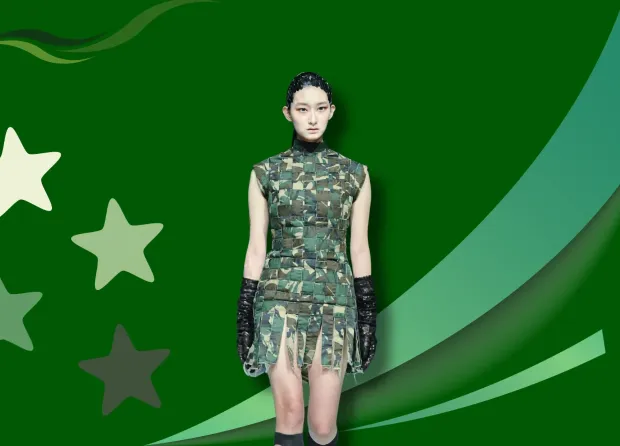MOONCAKE AND THE MYTH OF YUAN DYNASTY'S COLLAPSE
Did the mooncake really help the Chinese end Mongol rule?

Mooncake is one of the most iconic Chinese food, commonly eaten during the Mid-Autumn Festival, referred to in Indonesia as Cap Go Meh. The mooncake has many variations, too many for all to be included here. The most popular style of mooncake in the world is the Cantonese mooncake which measures about 10 cm in diameter and is three to four centimeters thick.
The Indonesian versions of mooncake, however, tend to be thinner, and while the traditional mooncake fillings are usually made from red bean paste or lotus seed paste, the Indonesian versions, like many other contemporary versions, can be more creative. In Indonesia, fillings may include pork, chocolate, cheese, milk, durian, jackfruit, and many other exotic fruits.
Mooncakes are eaten in small wedges and are accompanied by tea. The pastry is closely linked to the mythical moon goddess of Immortality, Chang E. Ancient Chinese book of customs and ceremonies Liji (Book of Rites) recorded that Chinese Emperors should offer sacrifices to the sun in spring and the moon in autumn.
There are many myths surrounding the Chinese mooncake. Our favorite story, however, is how it supposedly helped the Han Chinese overthrow the Mongols of the Yuan dynasty. While the story has been proven to be untrue, it shows that the mooncake is deeply ingrained in Chinese culture and it goes like this:
View this post on Instagram
After 88 years under the rule of the Mongols (the Yuan dynasty was a fragment of the Mongol Khaganate), the Han Chinese decided that enough was enough. They grew tired of having to cut the thumbs of their sons as part of the laws imposed by the Mongols to prevent Chinese men from learning archery (which, again, was untrue), Mongol soldiers being stationed in their villages, and Mongol spies.
The Chinese agreed that 1368 was the right time for an uprising. Particularly, Zhu Yuanzhang, future China's Ming Dynasty emperor, with the help of Liu Bowen, tailored a plan ahead of the approaching Mid-Autumn Festival, a time when Chinese families would traditionally exchange and eat mooncakes.
Liu sent men to the three prefectures under Mongol rule. The men were ordered to visit pastry shops and buy their entire stocks of mooncakes, to which they slipped a message saying: "The spiritual illuminaries are hidden in the darkness, they are secretly helping people to defreeze the icy cold. Take action on the midnight hour, let us kill the housekeeping masters all together!" or in short "Kill the Mongols on New Year's Eve!".
One version of the story claims that the message was printed on the surfaces of the mooncakes. Mooncakes usually come in packages of four, and the message was hidden as it was written in the form of a simple puzzle or mosaic. The four mooncakes needed to be cut into four parts to read the message, in which the resulting 16 pieces were then pieced together to retrieve the message. It was then destroyed when the mooncakes were eaten. Anyway, they listened to the message and killed the Mongols, liberating China from Yuan rule.
Versions of the folk story, along with many other stories, were compiled by the late Chinese history scholar Hok-Lam Chan. "It's preposterous," he wrote in one of his books, "to cast Liu as the instigator of the uprising and credit him with the plan to conceal the messages calling for rebellion in the filling of mooncakes."
While the story was untrue, it shows the significance of mooncakes and the Mid-Autumn Festival to the Chinese people. Round and golden like the harvest moon, mooncakes were originally eaten to celebrate the moon and the harvest season. Mooncakes are not eaten alone but shared with household members, neighbors, and relatives when families visit each other. It was reported that every year, around $375 million (Rp 5.36 billion) is spent on mooncake packaging alone.
View this post on Instagram
#THE S MEDIA #Media Milenial #China #Chinese New Year #Cap Go Meh #Mid-Autumn Festival #Mooncake #HIstory



























